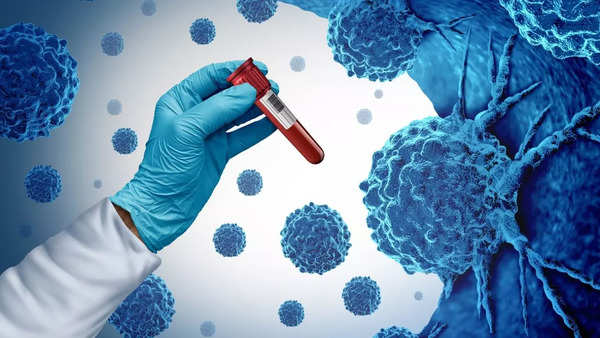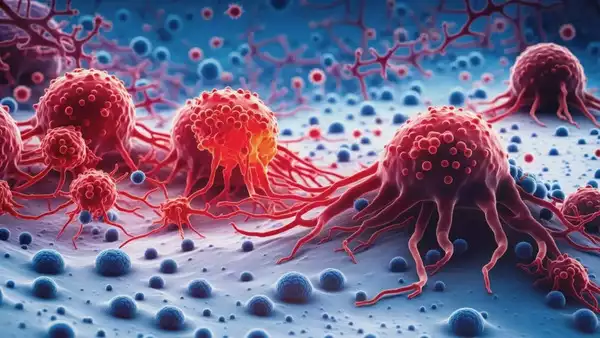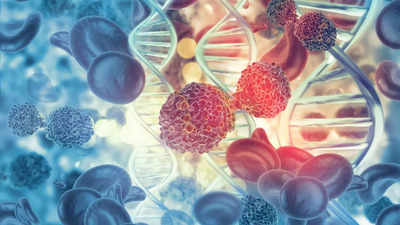Does cancer risk increase with age or does it shape up even before birth? While the risk factors of cancer range from genetic, environmental to lifestyle issues, one cannot pinpoint a single cause of cancer development. A new study has found that certain factors may decide if a person’s chance of getting cancer throughout their life is high or low, and that too even before they are born.
Scientists in a groundbreaking study published in Nature Cancer have identified two distinct epigenetic states that form during early development, influencing a person’s susceptibility to cancer throughout life.
These findings are seen as crucial in challenging the conventional views on cancer risk and opening the door to new possibilities for early diagnosis and targeted prevention strategies.

Van Andel Institute researchers say that one out of the two states is associated with a lower risk, while the other corresponds to a higher risk.
The researchers say that an individual with the lower-risk state is more likely to develop a liquid tumor such as leukemia or lymphoma, while those with the higher-risk state may develop solid tumors such as lung or prostate cancer.
“Because most cancers occur later in life and are understood as diseases of mutation, or genetics, there hasn’t been a deep focus on how development might shape cancer risk. Our findings change that,” said J. Andrew Pospisilik, Ph.D., chair of VAI’s Department of Epigenetics and co-corresponding author of the study. “Our identification of these two epigenetically different states open the door to an entirely new world of study into the underpinnings of cancer.”

Epigenetic errors can fuel cancer risk in people. Problems with epigenetics can affect cellular quality control processes which enable the sick cells to survive and spread.
Cancer risk is believed to increase with age due to an accumulation of DNA damage and other factors. However, not every abnormal cell goes on to become cancer.
In the study, scientists discovered that mice with low levels of the gene Trim28 can have one of two patterns of epigenetic marks on cancer-related genes, despite being otherwise identical. These patterns, researchers, say arise during development.
Delving into the roots of cancer
“Everyone has some level of risk but, when cancer does arise, we tend to think of it just as bad luck,” said Ilaria Panzeri, Ph.D., a research scientist in the Pospisilik Lab and the study’s first and co-corresponding author. “However, bad luck doesn’t fully explain why some people develop cancer and others don’t. Most importantly, bad luck cannot be targeted for treatment. Epigenetics, on the other hand, can be targeted. Our findings show that cancer’s roots may start during the sensitive period of development, offering a new perspective to study the disease and potential new options for diagnosis and treatment.”
The evidence of the two epigenetic states in body tissues suggests that developmental epigenetic risk may be common across cancers. This could help offer an insight into the makings of a complex disease like cancer, and a clue into a potential cure.
(Picture courtesy: iStock)







